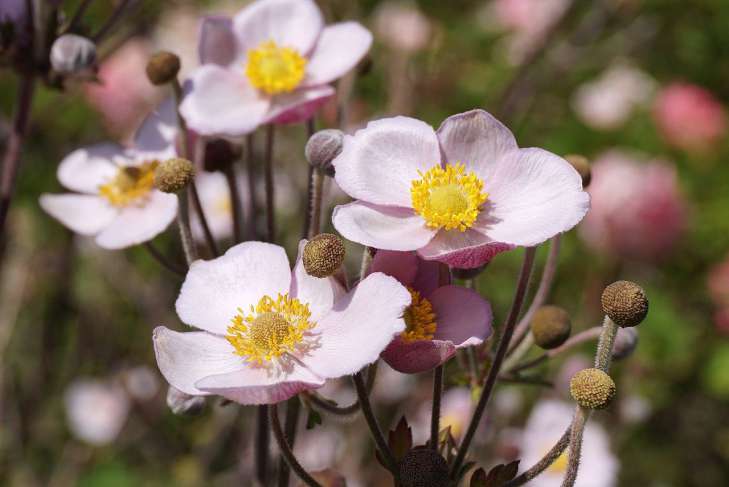Hellebores: Growing and Care
Hellebore does not tolerate transplantation to a new place, which means it is advisable to avoid picking.
Therefore, the distance between rows is 5–7 cm, and between plants 1–2 cm. Seeds are planted in grooves to a depth of 0.3–0.5 mm.
Where is the best place to plant hellebore
Hellebores need to be immediately planted in a permanent place, as they are difficult to transplant.
It can grow in one place for at least 10 years without requiring any changes.
Hellebores are best planted in light partial shade of fruit trees, such as apple trees.

Its fallen leaves will serve as natural mulch for the flower.
Do I need to prune hellebores after flowering
It is important to prune hellebores correctly and on time.
It is recommended to remove faded inflorescences immediately after flowering to prolong the flowering period of the plant and prevent the formation of seeds.
Is it possible to grow hellebore in a pot
Hellebore and other species are suitable for naturalistic beds.
They look good with evergreen dwarf shrubs.
They can also be combined with coniferous perennials.
White hellebore is often grown in pots.
Can hellebores be grown from seeds
Growing from seeds requires patience and delays the flowering period by two to three years.
But the seedlings show a variety of shapes and sizes.
The flowers of the new generation of oriental hellebore may appear to be of different colors.
Hellebore seeds, like many members of the buttercup family, require stratification.
How long does hellebore bloom
The grass has a fairly thick rhizome and a simple stem.
The leaves are palmate, leathery and rooty.
The flowers are cup-shaped and appear at the top of the stem between February and June.
